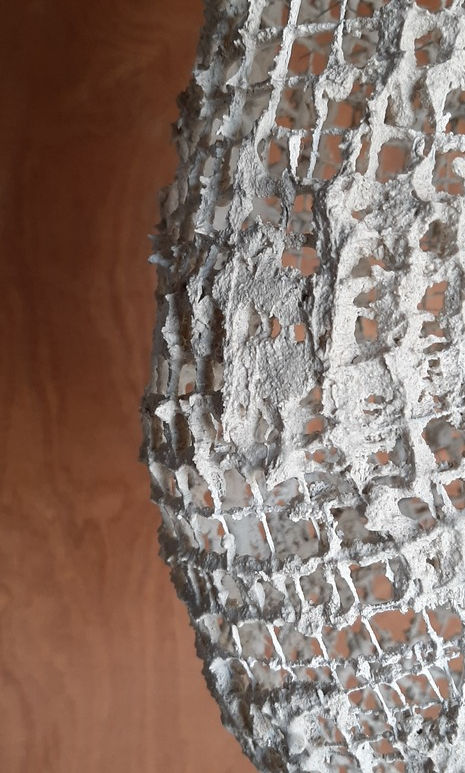
MEMENTO MORI
Bachelor project
The foundation of my bachelor’s thesis was rooted in the visual arts, with a particular interest in the historical theme of vanitas. This genre, prominent in 16th- and 17th-century Dutch and Belgian painting, uses symbolism to explore the impermanence of life, the futility of pleasure, and the inevitable passage of time. Vanitas paintings often depicted decaying flowers, extinguished candles, skulls, or hourglasses—reminders of mortality and the fragile nature of human existence.
I began my research by studying the symbolic language of vanitas and its cultural significance. While I found the historical context fascinating, I quickly realized that my creative path would not lie in directly referencing or recreating these traditional motifs. Instead, I felt compelled to internalize the theme—to shift from academic analysis to personal exploration. This transition prompted a key question that became central to my process: What does transience mean to me?
To answer this, I initiated a photographic study, focusing on objects that I personally associate with impermanence. These ranged from worn-out personal belongings to perishable organic matter—each chosen intuitively for their ability to evoke a sense of decay or change. This photo series became both a reflection and a record of my evolving interpretation of finitude. I compiled the images into a small photo book, using visual storytelling to capture the quiet poetry found in everyday transformations. Through this process, it became increasingly clear to me that transience is most powerfully revealed through the human body.
This realization marked a shift in my approach. I began sketching abstracted human figures—not literal portraits, but forms stripped down to their essential structure and emotion. The bodies gradually evolved into cocoon-like shapes, referencing transformation, protection, and vulnerability. These two-dimensional studies became visual metaphors for the body as both a vessel of time and a site of change. Yet despite their conceptual richness, the sketches remained confined to paper, lacking the physical presence I was seeking.
The next phase involved translating these forms into three-dimensional space. I wanted to create objects that could function simultaneously as sculptural artworks and as furniture—pieces that exist between utility and emotion. Chicken wire emerged as an ideal starting material due to its flexibility and ease of manipulation. However, it quickly became clear that wire alone lacked the structural integrity required for functional use.
This led to a phase of intensive material experimentation. I tested various coatings and reinforcements, eventually developing a method that combined plaster, sand, and textile hardener. This mixture provided the wire forms with the stability they needed, while also adding a natural texture that referenced the erosion of stone or bone. The material finish, both rough and organic, further reinforced the underlying theme of impermanence and physical transformation.
To introduce contrast—and to ground the organic forms within a formal structure—I integrated custom-made steel frames into each piece. These geometric, linear elements stand in deliberate opposition to the soft, irregular curves of the body-like forms. The resulting tension between the two materials enhances the conceptual and visual narrative: the conflict between control and chaos, permanence and decay, rigidity and softness. Despite their contrasting qualities, both elements rely on each other for stability. The forms rest within the frame, and the frame gains meaning from the organic mass it holds.
In the end, the project became more than just a study of vanitas—it evolved into a personal exploration of time, memory, and the human condition. The final pieces are not just functional objects or sculptures, but spatial reflections on what it means to change, to endure, and to fade. They invite the viewer to engage with the work not only visually, but emotionally—encouraging a quiet moment of introspection on the delicate balance between presence and disappearance.
.png)




































































